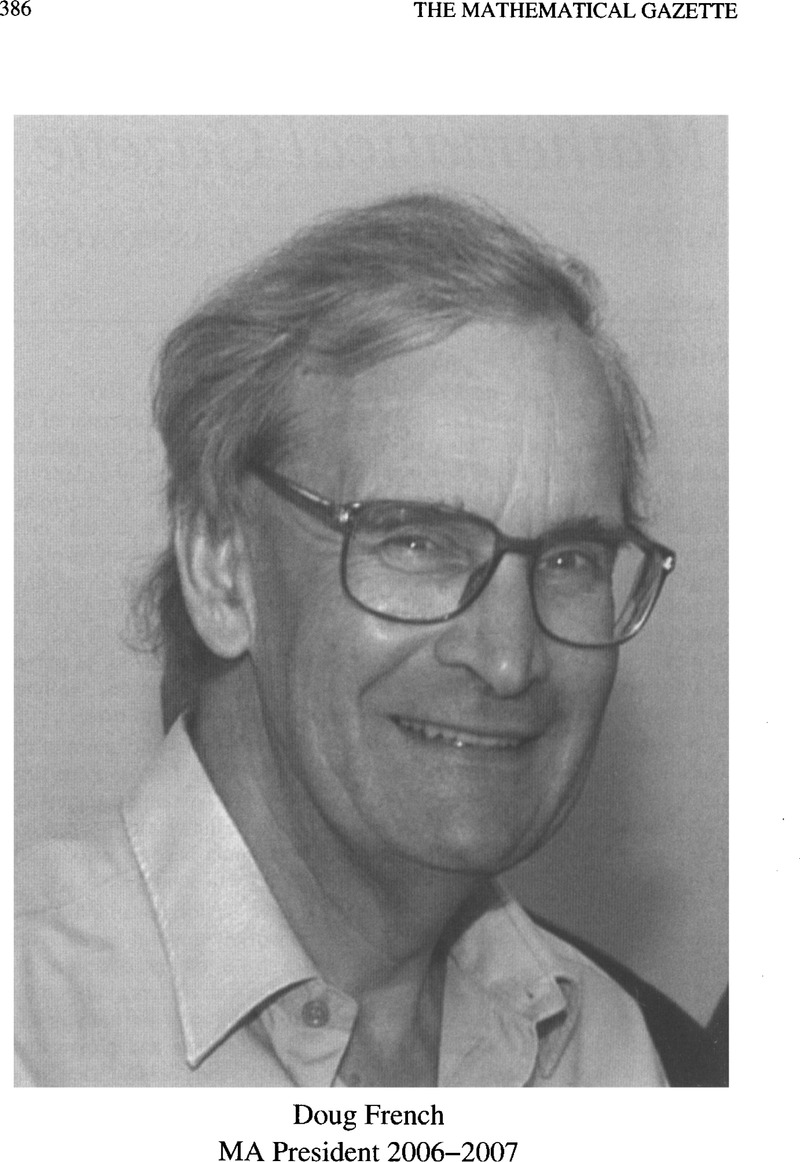3. The School Mathematics Project (SMP), Mathematics in Education and Industry (MEI) and the School Mathematics Individualised Learning Experience (SMILE) are three independent curriculum development bodies which have had and continue to have a substantial influence on mathematics teaching and learning over the last 40 years in the United Kingdom. Sadly, SMILE is no more, but its influence lives on.
Google Scholar 